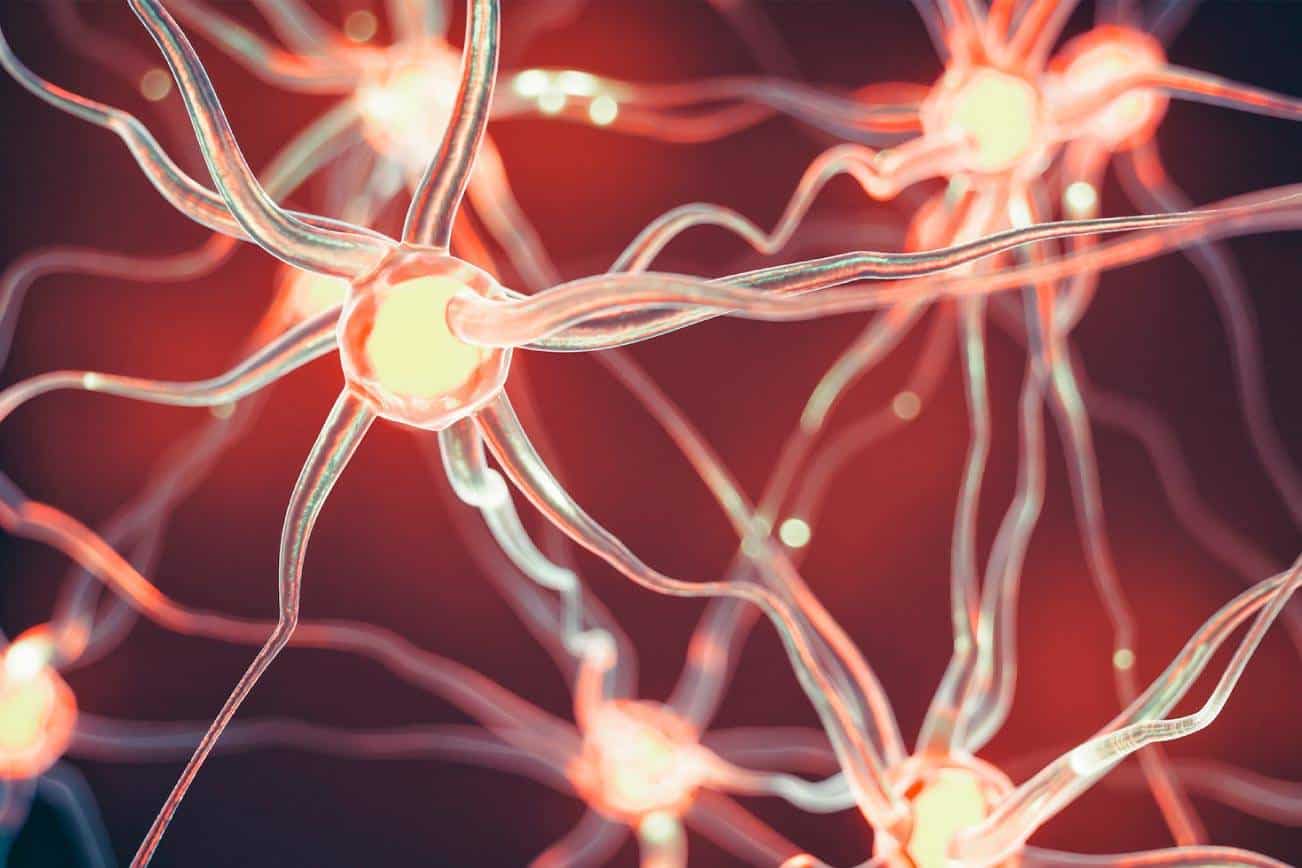Curious if stem cells can repair nerve damage? You’re not alone. Over 20 million Americans are affected by some form of nerve damage, and this cutting-edge area of research holds promise for conditions ranging from spinal cord injuries to neurodegenerative diseases.
Whether you’re a medical enthusiast, a patient seeking new treatment options, or just intrigued by scientific breakthroughs, let’s take a closer look at the fascinating intersection of stem cells and nerve repair.
What Causes Nerve Damage?
Nerve damage occurs when nerves are injured or disrupted, leading to impaired communication between the brain and the rest of the body. This can affect sensation, movement, and various bodily functions. Understanding the factors behind nerve damage is crucial for prevention and treatment.
Several common causes include:
- Physical Injuries: Trauma from accidents or falls can damage nerves
- Diabetes: High blood sugar levels can lead to diabetic neuropathy
- Autoimmune Diseases: Conditions like lupus or rheumatoid arthritis can attack nerve tissues
- Infections: Viruses and bacteria, such as shingles or Lyme disease, can affect nerves
- Medications: Certain drugs, including some chemotherapy agents, can lead to nerve damage
These factors affect your nervous system in various ways, leading to symptoms such as:
- Tingling or Numbness: Often felt in the hands or feet
- Sharp or Burning Pain: Can occur in different parts of the body
- Muscle Weakness: Difficulty in moving or lifting objects
- Sensitivity to Touch: Even light touch can be painful
- Coordination Problems: Difficulty in maintaining balance
By understanding these causes and symptoms, you can take proactive steps to protect your nervous system and manage existing conditions more effectively.
Traditional Treatments for Nerve Damage
Dealing with nerve damage can be challenging, but understanding traditional treatments can help you manage symptoms and improve your quality of life. Here’s a comprehensive look at some commonly used methods and their limitations:
Medications:
The following medications can help address nerve damage:
- Pain Relievers: Over-the-counter options like acetaminophen or ibuprofen can alleviate mild pain but may not be effective for severe nerve pain.
- Anti-inflammatory Drugs: These reduce inflammation that may be causing nerve pain but often don't address the root cause.
- Nerve Pain Medications: Anticonvulsants (e.g., gabapentin, pregabalin) and antidepressants (e.g., amitriptyline, duloxetine) are specifically designed to treat nerve pain by altering nerve signals. However, these can have side effects such as drowsiness, dizziness, or weight gain, and may not provide complete relief for all patients.
Physical and Occupational Therapy:
Physical and occupational therapy techniques that can help manage nerve damage include:
- Exercise Programs: Tailored exercises can strengthen muscles, enhance flexibility, and improve coordination, helping to reduce pain and prevent further injury. Yet, some patients may find the exercises too painful to perform consistently.
- Manual Therapy: Techniques like massage or manipulation can relieve tension and improve blood flow to affected areas. However, the benefits may be temporary and require ongoing sessions.
- Adaptive Techniques: Helps you modify daily activities to minimize discomfort and maximize functionality. While beneficial, this doesn’t treat the underlying nerve damage and may require significant lifestyle adjustments.
Surgery:
In severe cases, surgery may be necessary to relieve pressure on nerves or repair damaged tissues. Surgical intervention carries risks such as infection, complications, and the possibility that symptoms may not fully resolve.
Lifestyle Changes:
Controlling conditions like diabetes through diet and exercise can significantly reduce symptoms. However, lifestyle changes may take time to show effects and require sustained effort and commitment.
Despite these treatments offering relief, they often don’t fully address the root cause of nerve damage, leading many to seek alternative or supplementary therapies. Understanding the benefits and limitations of these traditional approaches can help you make informed decisions about your treatment plan and explore the best options for your specific situation.

Can Stem Cells Repair Nerve Damage?
Stem cell therapy is emerging as a promising option for treating nerve damage, offering hope for more effective and lasting solutions. This innovative treatment works by leveraging the regenerative potential of stem cells, which can develop into various types of cells, including nerve cells, potentially repairing or replacing damaged tissues.
Once injected into the damaged area, stem cells may promote healing by reducing inflammation, secreting growth factors, and differentiating into new nerve cells. This regenerative potential sets stem cell therapy apart from traditional treatments that mainly manage symptoms, as it aims to restore nerve function by regenerating nerve tissue. Clinical studies suggest that patients receiving stem cell therapy often experience significant reductions in pain and improvements in motor and sensory functions. Stem cell injections are less invasive than surgical options, offering shorter recovery times and fewer risks.
What the Science Has to Say About Stem Cell Therapy for Nerve Damage
Stem cell therapy is gaining attention as a potential breakthrough for treating nerve damage. Research indicates that this innovative treatment could offer effective, long-term relief for neuropathic pain and nerve damage.
A 2007 study published in Stem Cells and Regenerative Medicine revealed that stem cell therapy has shown promise. Preliminary clinical evidence suggests it could be a breakthrough in providing effective, long-term pain relief. This emerging therapy could become a leading solution for managing nerve damage in the future.
A 2013 study published in Stem Cells Translational Medicine concluded that stem cells can stop degenerative processes, prevent cell death, and support nerve recovery. They release neurotrophic factors, creating a protective environment that could potentially reverse neuropathic pain.
Stem cell therapy presents a promising avenue for the future of nerve damage treatment, and research continues to refine and enhance its therapeutic potential.
Contact GIOSTAR Chicago Today to Start Your Stem Cell Therapy
If you’re seeking a breakthrough treatment for nerve damage, GIOSTAR Chicago offers advanced stem cell therapy tailored to your needs. Our clinic is a leader in regenerative medicine, backed by cutting-edge research and a team of experienced professionals dedicated to your recovery. With a proven track record in stem cell therapies, we provide personalized treatment plans designed to offer effective, long-term relief for neuropathic pain and nerve damage.
Don’t let nerve damage dictate your life. Contact GIOSTAR Chicago today to start your stem cell therapy journey and take the first step towards regaining your health and well-being.
Contact us today by completing this form or calling us at 844 446 7827 to learn more about our regenerative therapies and how they can help your body heal.
About GIOSTAR Chicago:
GIOSTAR Chicago is dedicated to developing the most advanced stem cell-based technologies and providing the best regenerative medicine for people who want to enjoy a healthy and active lifestyle.


